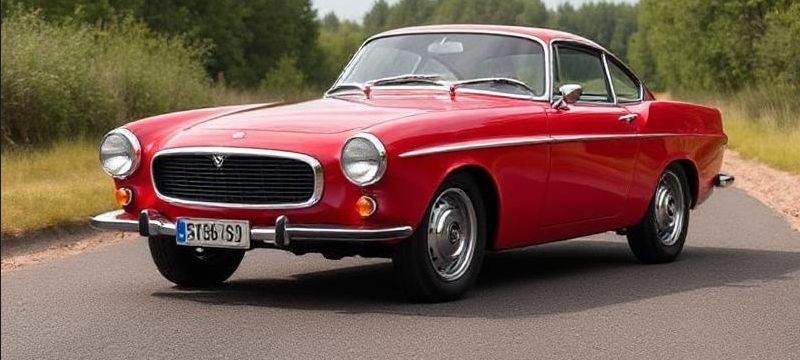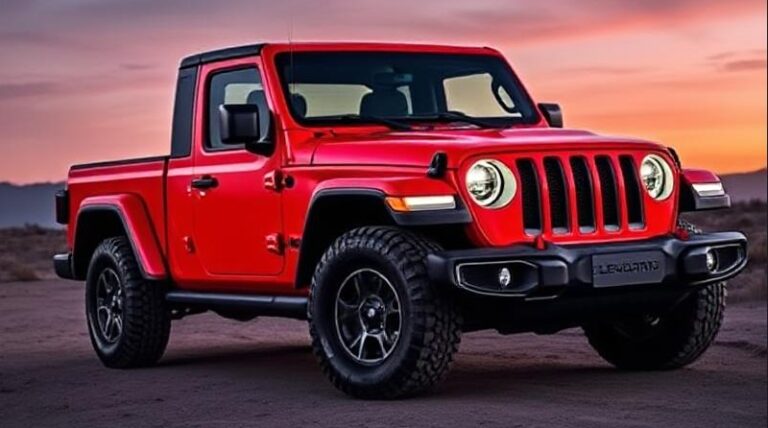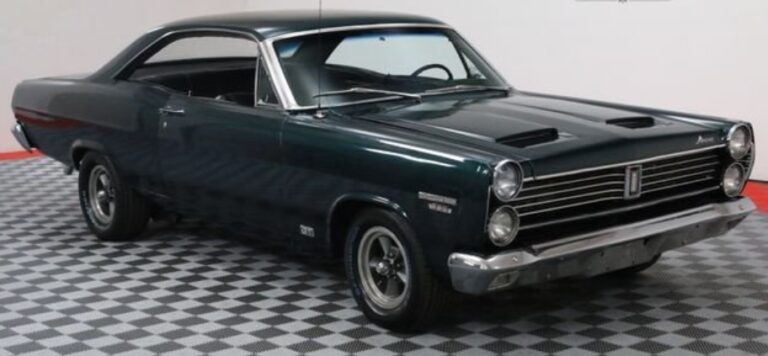The Evolution of the Volvo P1800: A Classic in Design and Engineering
The Volvo P1800, an iconic sports car that captured the hearts of enthusiasts and the driving public alike, is a model synonymous with style, durability, and engineering excellence. Produced between 1961 and 1973, the P1800 underwent various updates and iterations that showcased Volvo’s commitment to quality and innovation. In this article, we’ll explore the evolution of the P1800 across its production years, detailing the different models and trim levels that were offered.
Introduction
The Volvo P1800 is often referred to as one of the most beautiful cars produced by the Swedish manufacturer. Designed by the Italian automotive designer Pietro Frua and later refined by the Swedish engineering team, the P1800 was conceived to capture the growing interest in sports coupes during the early 1960s. The car featured a unique blend of design, performance, and practicality that made it popular among various demographics.
The Beginning: P1800 (1961-1963)
Introduction of the P1800
The P1800 made its debut in 1961 as a two-door coupe with a focus on sporty aesthetics and performance. Initially, it was powered by a 1.8-liter B18 four-cylinder engine, which produced approximately 100 horsepower. This engine was mated to a four-speed manual transmission, and Volvo marketed the car as a blend of sportiness and everyday usability.
Trim Levels
For the first few years of production, the P1800 was available primarily in a single trim level, but customers could choose from various options such as leather upholstery, a sunroof, and alloy wheels. The initial models are often referred to as “P1800 S” (S for “Sport”), and they distinguished themselves with unique styling cues such as the chrome front grille and distinctive rear wheel arches.
Evolution: P1800S (1963-1969)
Upgrade and Enhancement
By 1963, Volvo improved the P1800 with the introduction of the P1800S, which featured more power and better handling thanks to various engineering refinements. The engine grew slightly in power to 108 horsepower, bolstering the car’s already respectable performance. The suspension was also upgraded for improved handling and ride quality, making the P1800S a true driver’s car.
Trim Levels
During this period, the primary model was still the P1800S, but Volvo offered several options and packages for further customization. These included the Volvo rally package, which featured performance-oriented tweaks such as reinforced suspensions and upgraded brakes.
The Advent of the P1800E (1969-1972)
Transition and Enhancements
In 1969, Volvo introduced the P1800E, which made significant advancements in terms of technology and environmental awareness. The “E” stood for “Injection,” highlighting the introduction of a fuel-injection system. This system improved fuel efficiency and gave the 2.0-liter B20 engine a peak output of around 130 horsepower, giving the car a more competitive edge against its contemporaries.
Trim Levels and Features
The P1800E introduced various upgrades, including a redesigned dashboard, improved safety features, and an updated interior that provided better ergonomics and comfort. The trim levels during this era again focused primarily on the P1800E, with available options including a sunroof and various upholstery choices.
The Decline: P1800ES (1971-1973)
A Shift in Design
In 1971, Volvo introduced a variant that would become one of the most recognizable models, the P1800ES. This model featured a shooting brake design, which provided a unique blend of sporty styling with practicality. The ES retained many elements of the earlier models but included a rear hatch that allowed for greater cargo capacity, appealing to families as well as sports car enthusiasts.
Trim Levels and Features
The P1800ES maintained the same engine and performance specifications as the P1800E but offered a higher level of comfort and utility. The interior featured high-quality materials, and the rear hatch design allowed for the inclusion of rear seating options and a larger cargo area, making it a versatile option for buyers. Options like wooden dashboards and a premium audio system further enhanced the driving experience.
.
We all know hot rodding is very popular in the United States, but have you ever wondered what it’s like out of this Country? Automotive Culture Around The World
.
Discontinuation and Legacy
By 1973, the production of the Volvo P1800 line came to an end after approximately 39,000 units had been manufactured. The discontinuation was largely due to rising production costs and increasing safety regulations that necessitated significant design changes in existing models. Nevertheless, the P1800 left a lasting legacy, celebrated for its stunning design, robust engineering, and spirited driving dynamics.
Restoration and Cultural Impact
The P1800 has become a beloved vehicle among classic car enthusiasts and collectors. Its design and history, paired with Volvo’s reputation for durability, have turned the P1800 into a highly sought-after model in today’s classic car scene. The car’s notable appearance in popular culture, particularly through the protagonist’s vehicle in the classic television show “The Saint,” helped cement its status as a classic icon.
Collectibility and Enthusiast Culture
Today, the P1800 models are appreciated by collectors for their enduring style and reliability. Various clubs and groups are dedicated to the preservation and celebration of the P1800. Enthusiasts often engage in restoration projects to bring back these classic models, ensuring that the P1800’s legacy continues to inspire generations to come.
Conclusion
The evolution of the Volvo P1800 over its production run from 1961 to 1973 showcases a mix of design, engineering innovation, and performance adaptability. Each iteration, from the original P1800 to the P1800E and the unique P1800ES, contributed to the car’s status as a beloved classic. Today, the P1800 remains not only a testament to Volvo’s legacy but also a symbol of automotive creativity that continues to resonate with car enthusiasts and collectors around the world. Whether admired for its design, performance, or historical significance, the Volvo P1800 will forever hold a special place in automotive history.







